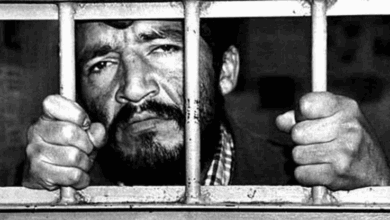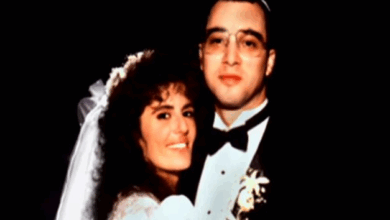Dennis Nilsen: The Muswell Hill Murderer
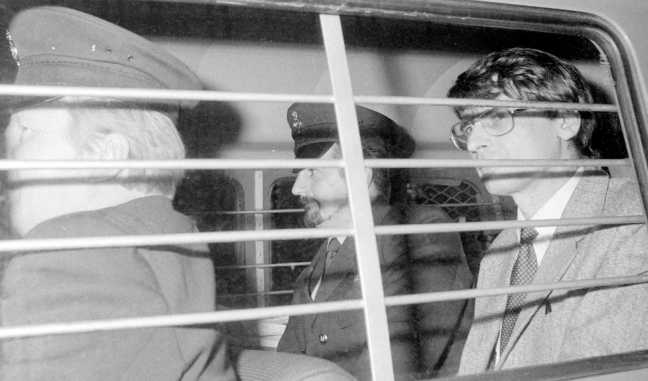
Dennis Nilsen: The Muswell Hill Murderer
Dennis Nilsen, often referred to as the “Muswell Hill Murderer,” is one of Britain’s most infamous serial killers. Between 1978 and 1983, Nilsen murdered at least 12 young men and boys in North London, committing crimes that were not only shockingly brutal but also deeply disturbing in their intimacy. His calm demeanor and ordinary appearance concealed a mind plagued by obsession, loneliness, and a deep need for control over life and death.

Early Life and Troubled Beginnings
Dennis Andrew Nilsen was born on November 23, 1945, in Fraserburgh, a small fishing town in northeastern Scotland. He was the second of three children. His parents’ marriage was unhappy and ended in divorce when he was still a child. Dennis was particularly close to his grandfather, who died when Dennis was only six years old. This event deeply affected him, and it’s believed to be a formative trauma that shaped his complex views on life, death, and affection.
As he grew older, Nilsen became increasingly withdrawn and introverted. He struggled with his sexual identity in a time when homosexuality was heavily stigmatized. After leaving school, he joined the British Army and served for over a decade. During his service, he trained as a butcher—a skill that would later play a sinister role in his crimes.
After leaving the military, Nilsen worked as a police officer and later as a civil servant. He was quiet, neat, and polite, living a solitary life in London. Few could have suspected that behind closed doors, he was harboring homicidal desires.
The Murders Begin
Nilsen’s killing spree began in December 1978 while he was living at 195 Melrose Avenue in Cricklewood, North London. His first known victim was Stephen Holmes, a 14-year-old boy whom Nilsen lured to his flat after a concert. The following morning, fearing the boy would leave him, Nilsen strangled him with a tie and then drowned him in a bucket of water.
What made Nilsen especially terrifying was not just the act of murder but what followed. He kept the bodies of his victims, bathing and dressing them, talking to them, and even sleeping beside them. For Nilsen, the murder was a way of possessing someone fully—freezing them in time so they could never leave him.
Over the next five years, Nilsen would murder at least 11 more young men and boys, many of them homeless, unemployed, or otherwise vulnerable. He would invite them to his flat for drinks or companionship, then strangle and drown them. Some were stored under floorboards, in closets, or in his bed.
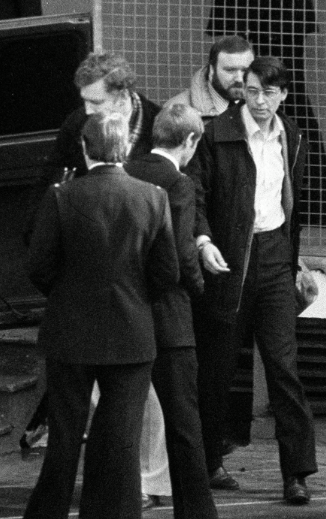
Modus Operandi and Necrophilic Tendencies
Nilsen’s method was disturbingly consistent. He would lure victims to his home with promises of alcohol or a place to sleep. Once they were vulnerable, he would strangle them, often finishing the act by drowning. After death, he would perform rituals with their corpses—bathing them, posing them, and engaging in necrophilic acts.
He kept the bodies for days, sometimes weeks, before deciding to dispose of them. Because his flat had no garden or yard, he hid them beneath floorboards or in cupboards. When the smell became unbearable, he would dissect the bodies, often boiling the heads to remove flesh and flushing internal organs down the toilet or burning remains in a bonfire.
His understanding of anatomy, learned in the army, allowed him to carry out these acts with grim precision.
The Move to Muswell Hill
In 1981, Nilsen moved to a top-floor flat at 23 Cranley Gardens, Muswell Hill. Unlike his previous home, this flat had no floorboards under which to hide bodies. Consequently, he began dismembering victims immediately and attempted to dispose of their remains by boiling parts and flushing others down the toilet.
This disposal method would ultimately be his undoing.
Discovery and Arrest
Nilsen’s crimes came to light in February 1983, when complaints from neighbors about blocked drains led to the investigation of the plumbing at Cranley Gardens. A plumber discovered a foul-smelling blockage containing what appeared to be human flesh and bones.
The police were called, and Nilsen, upon being questioned, calmly admitted to the murders. He reportedly told officers, “It’s a long story. It goes back a long time. I’ll tell you everything.” Over the course of his interviews, he confessed to killing 15 or 16 men, though the remains of only 12 victims were ever conclusively identified.
Nilsen led police to remains he had stored, burned, or dumped. His matter-of-fact demeanor was chilling. He showed no remorse and instead described the murders as an expression of his desperate loneliness and need for control.
Trial and Conviction
Dennis Nilsen’s trial began in October 1983. He was charged with six counts of murder and two of attempted murder. The prosecution presented extensive evidence, including remains found in his residences and his detailed confessions.
Nilsen pleaded not guilty on grounds of diminished responsibility, claiming he suffered from mental illness. However, expert psychiatric testimony was divided. Some believed he had personality disorders, but the jury ultimately found him legally sane and fully responsible for his actions.
On November 4, 1983, Nilsen was found guilty on all charges and sentenced to life imprisonment, with a recommendation that he serve a minimum of 25 years. This was later changed to a whole life tariff, meaning he would never be released.
Life in Prison
While imprisoned, Nilsen spent much of his time writing, drawing, and appealing his sentence. He wrote thousands of pages of autobiography, though these were never officially published due to the disturbing content and potential legal implications. He remained largely unrepentant and even enjoyed the notoriety that came with being a serial killer.
Nilsen died in prison on May 12, 2018, at the age of 72. He had suffered from internal bleeding and a ruptured abdominal aneurysm. He left behind a legacy of horror, but also a deeper understanding of how emotional isolation, trauma, and repressed desire can manifest in unspeakable acts.
Victims and Identity
Most of Nilsen’s victims were never officially reported missing, as they were often young men living on the fringes of society—runaways, sex workers, or drifters. This anonymity, tragically, made it easier for Nilsen to commit his crimes without immediate detection.
Some of the known victims include:
-
Stephen Holmes (14)
-
Kenneth Ockendon (23)
-
Martyn Duffey (16)
-
William Sutherland (26)
Several others remain unidentified to this day.
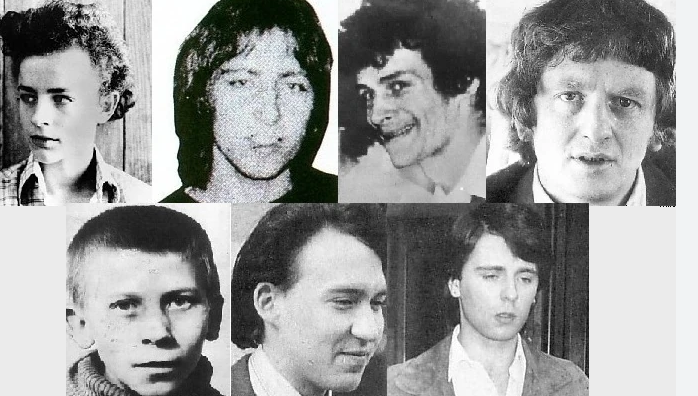
Psychological Profile
Dennis Nilsen represents a unique psychological case. He did not kill out of rage or revenge, but out of a desperate longing for companionship and control. His killings were not impulsive; they were calculated and methodical. He viewed the bodies not as victims but as extensions of himself—silent companions who wouldn’t abandon him.
Experts suggest that his necrophilic behavior, ritualistic tendencies, and deep-seated abandonment issues are all indicative of a severely fractured psyche. However, unlike many serial killers, Nilsen did not try to conceal his actions with elaborate lies or deception once caught. He wanted to explain, to be heard, and perhaps, to be understood.
Legacy and Cultural Impact
Nilsen’s crimes have had a lasting impact on British society and criminology. His case raised awareness of how vulnerable populations can become easy targets and highlighted gaps in police coordination regarding missing persons.
Books, documentaries, and dramatizations have examined his life and crimes. The 2020 miniseries Des (starring David Tennant as Nilsen) brought renewed interest in the case and portrayed the chilling detachment with which Nilsen discussed his murders.
Conclusion
Dennis Nilsen, the Muswell Hill Murderer, was not a monster in the shadows but an ordinary man whose crimes revealed the darkest capacities of the human mind. His story is not just about murder but about isolation, identity, and the terrifying consequences of emotional repression.
While his victims may have been marginalized in life, their deaths served to unmask a predator hiding in plain sight. Today, their memory stands as a reminder of the need to protect the vulnerable and to understand the psychological conditions that can give rise to such horrific behavior.

